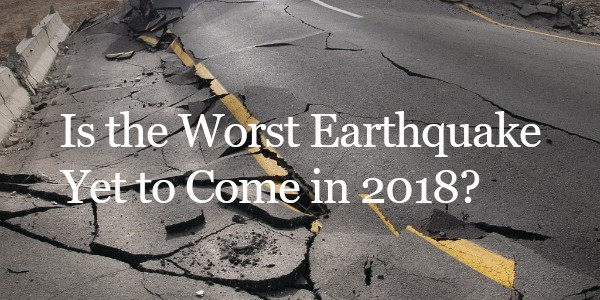Natural disasters are going on all around us, even if we are
oblivious to them.
How many of us knew that Paris is flooding, that California
had deadly mudslides, or that Albay in the Philippines is getting ready for a
possible three-month emergency!
The
river Seine is rising in Paris. It has forced over 650 people to evacuate their
homes, so they can be safe. The end isn’t even in sight.
Back
in 1910 there was a time that a lot of Paris was under water for a couple
months! Water
levels are predicted to reach 6 meters, or 20 feet, above what is normal. As of
this morning it was already 5.7 meters above the normal levels. As seen in the picture below.
California is Sliding!
An
evacuation was given displacing many families for the second time in the past
couple months. The pictures
below show the extensive damage done. However, no one can forget the 20
people were killed, and others are missing. Rescue missions were put into place
that saved a lot of lives.
Legazpi City is Burning!
In
the Philippines, Mount Mayon has erupted, spewing lava and ash all over Albay.
Officials
there are saying that they are getting ready for a three months emergency! more
than 81,000 people have already evacuated. The
rain that has fallen has done more harm than good. The picture below depicts
how the rivers are now running with volcanic debris.
The
threat level this volcano has caused is a threat level of 4, and that is on a five-point
scale.
Some experts believe that the worse is yet to come. Because of the bulging
sides, it is believed that a powerful eruption is yet to come.
Natural disasters are nothing new. One thing we can count on
from life is that it is unpredictable. The best way to help reign in the chaos
of life is to be prepared and come together. Many lives are saved through
evacuations, and many are rescued when we band together. FEMA, Federal
Emergency Management Agency, has said that “disasters are not avoidable”, “but
you can be ready for them”. We should “hope for the best, but plan for the
worst”.










